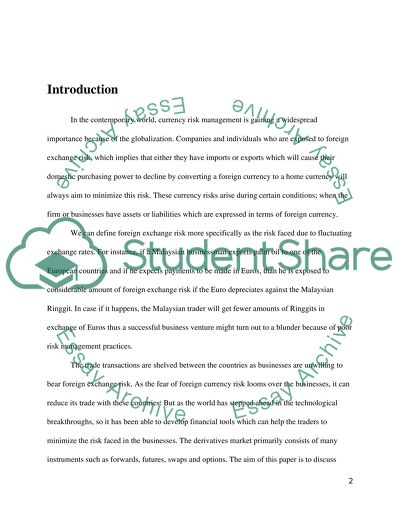Cite this document
(“Role of currency futures in risk management Essay”, n.d.)
Retrieved from https://studentshare.org/environmental-studies/1408055-role-of-currency-futures-in-risk-management
Retrieved from https://studentshare.org/environmental-studies/1408055-role-of-currency-futures-in-risk-management
(Role of Currency Futures in Risk Management Essay)
https://studentshare.org/environmental-studies/1408055-role-of-currency-futures-in-risk-management.
https://studentshare.org/environmental-studies/1408055-role-of-currency-futures-in-risk-management.
“Role of Currency Futures in Risk Management Essay”, n.d. https://studentshare.org/environmental-studies/1408055-role-of-currency-futures-in-risk-management.


